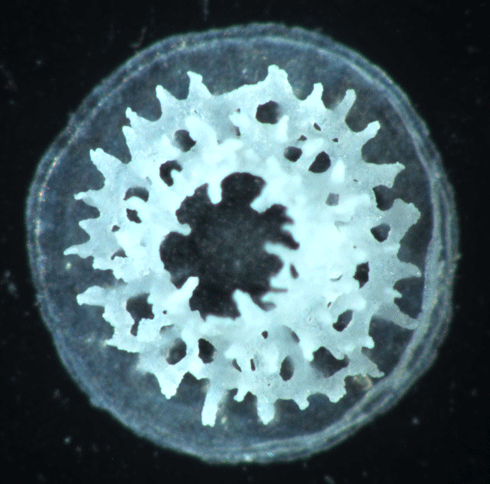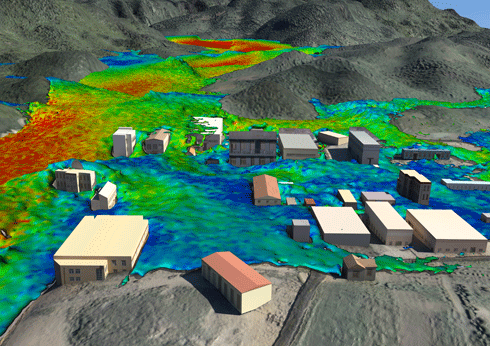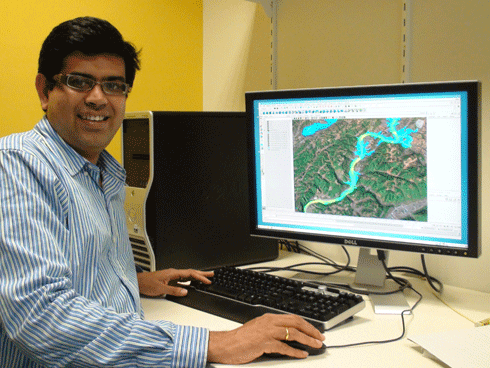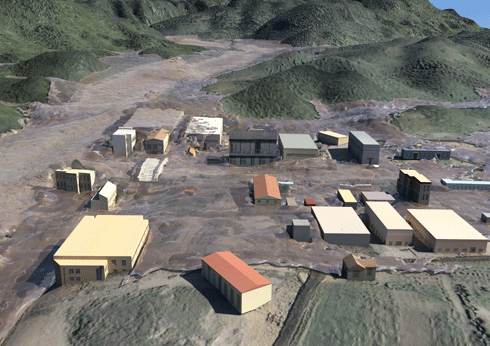
|
Published: 16 April 2012
Detailed study shows CO2 'messing with coral skeletons'
Following recent scientific debate about predicted impacts of climate change on the world’s coral reefs, the world’s first analysis of the impact of ocean acidification on the entire genome of a common species of coral has thrown new light on the likely fate of coral reefs under climate change.
The new research – published in Molecular Ecology – involved more than 250 million ‘reads’ of genetic material and their detailed interpretation. It was carried out by researchers from Australia, France, The Netherlands and South Korea using powerful genetic analysis tools.
In recent years declines in coral calcification have been reported around the world, matching the steady rise in carbon emissions to the atmosphere from human activity.
‘Every time we release CO2, it turns the oceans imperceptibly more acidic – and previous research has shown this to have a harmful effect on corals, plankton and other marine organisms which form their skeletons from calcium and carbonate,’ says Professor David Miller from the ARC Centre of Excellence for Coral Reef Studies (CoECRS).
‘This has big implications for the entire food web in the oceans and life on Earth generally. We knew a more acidic ocean was bad for corals – but we didn’t know exactly how it affected them.
‘Our aim was to go back to basics and explore the effect on every gene in the genome of a young coral, and the job it does.
‘This is an essential first step in gaining an accurate grasp of the impact of increased atmospheric CO2 on the world’s coral reefs and ocean life forms.’
The experimental work involved raising larvae from the staghorn coral Acropora millepora to the point where they settle on a reef, placing them in tanks, then exposing them to air bubbles with levels of CO2 of 750-1000 parts per million. This is projected to be the world’s atmospheric CO2 content by the end of this century, if humanity fails to cut its carbon emissions.
The challenging part of the experiment came when the team analysed changes in signalling by every one of the coral’s 20 000-plus genes.
‘This is the first time anyone has looked at the expression of every gene in the coral genome simultaneously. It would have been impossible only a couple of years ago, but there have been huge technological advances,’ Professor Miller explains.
‘Much to our surprise we found the rising acidity had little effect on the production of ion transport proteins that are responsible for circulating and depositing the calcium carbonate within the coral cells to form its skeleton.
‘But equally surprising were the massive changes we observed in the expression of coral genes involved in the creating the framework required for skeleton formation: some were increased and some decreased.
‘Overall it means that a more acidic ocean messes with the skeleton formation process in young corals in disturbing, but highly complex, ways.
‘There have been a lot of conflicting reports in the scientific literature about positive and negative effects of ocean acidification on corals – and our research shows why.
‘The production of the coral skeleton is a highly complex process, and it is important to address this problem one step at a time and to ask simple questions.
‘In terms of the sheer volume of data, these are massive experiments that take a great deal of time to analyse.
‘But if they give us a clearer understanding of the impact of a more acidic ocean on corals, that will also give us a far better understanding of how best to protect our coral reefs in a world where enormous changes are taking place at great speed.’.
Source: ARC CoECRS







